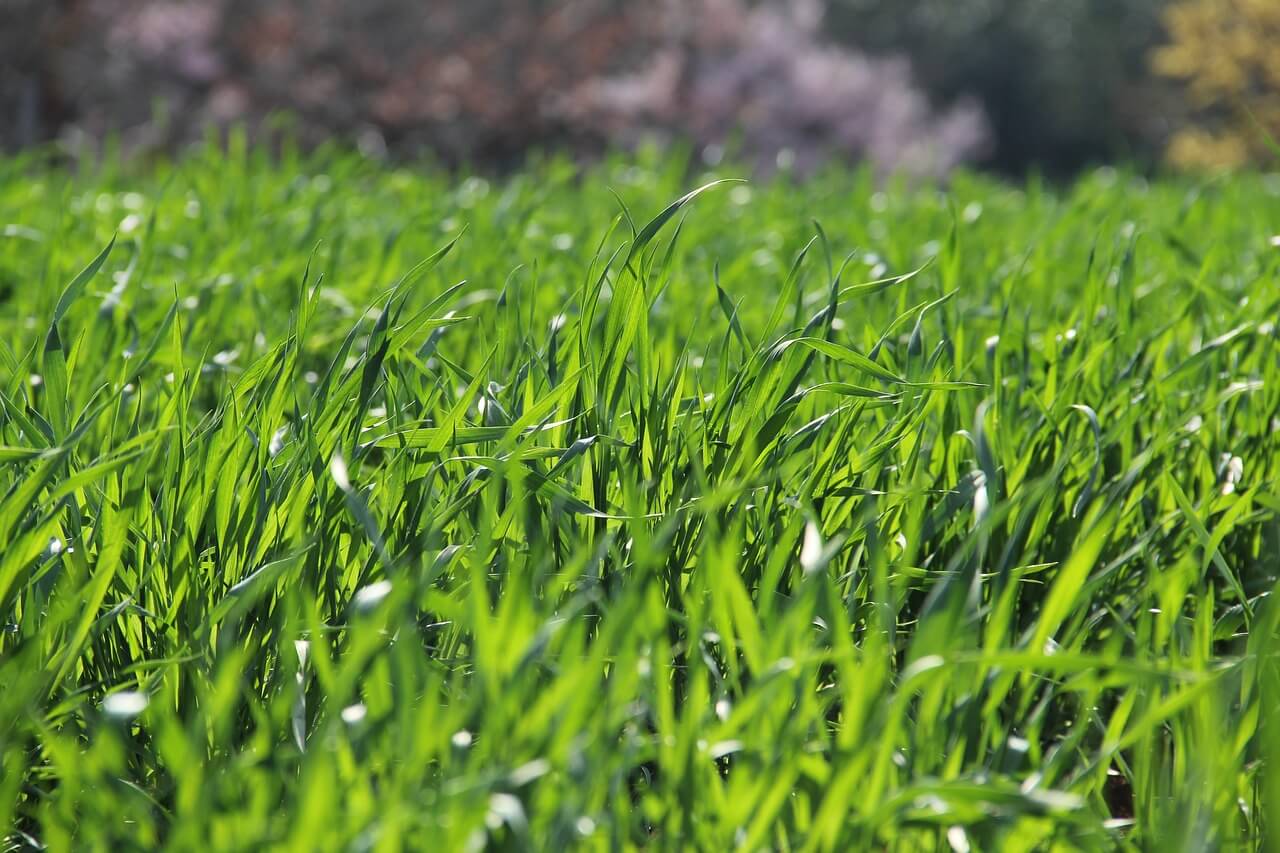Do you have ornamental trees and shrubs in your landscape that have leaves that are turning black? Well, the culprit may be aphids. Aphids are very small, between 1/16 and 1/8 inches long, oval-shaped insects. They can be a variety of colors including yellow, green, red, orange, black, or white. They have two tube-like cornicals on the abdomen, that protrude backwards out of the hind end. These cornicals are what help distinguish aphids from other insects. Some variations of aphids have wings and some are wingless. These insects are slow-moving so they do not disperse rapidly when disturbed. Aphids are multi-generational meaning they can have many generations per year and can overwinter as eggs on the plants. During warm weather, aphids can progress from a newborn nymph to a reproducing adult in just seven to eight days. Each adult can lay up to 80 eggs in a single week. They pierce the lower surface of mature leaf veins in the summer and suck the nutrients out. Aphids excrete honeydew, which can make black, sooty mold fungus grow. They cluster on the top of curled leaves where you may notice white skins. The skin sheds may be easier to see than the aphids themselves. Large populations can turn the leaves yellow and make them curl. They can also distort growth and stunt the shoots. Control of aphids can be tricky and may require multiple modes and applications to alleviate them from your landscape. Our premium tree and shrub care program offers systemic root drenches and horticultural oil applications that will help keep the aphids at bay.
If you believe you have an aphid problem, please contact us today for a free analysis and quote to protect your investment.








